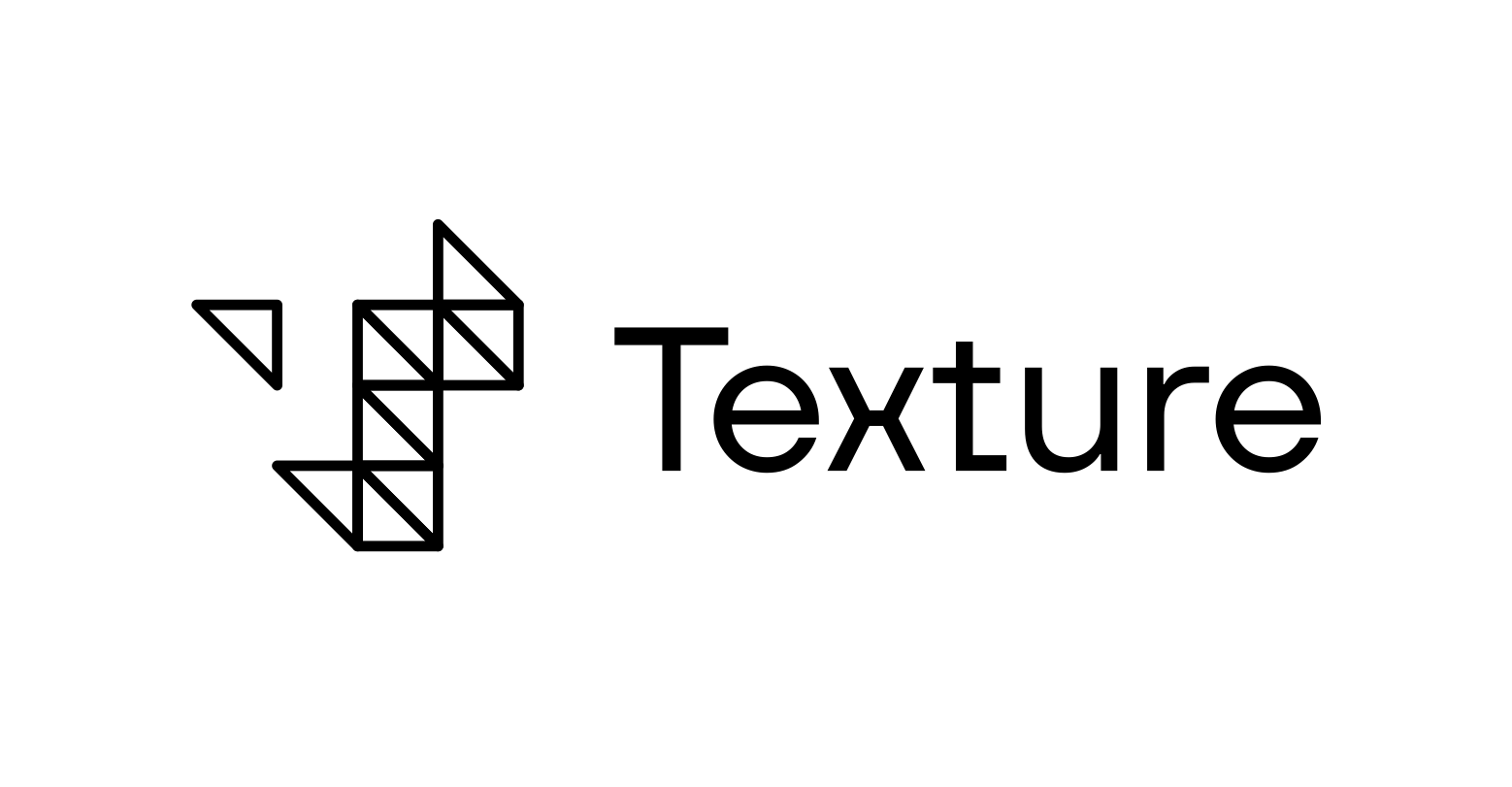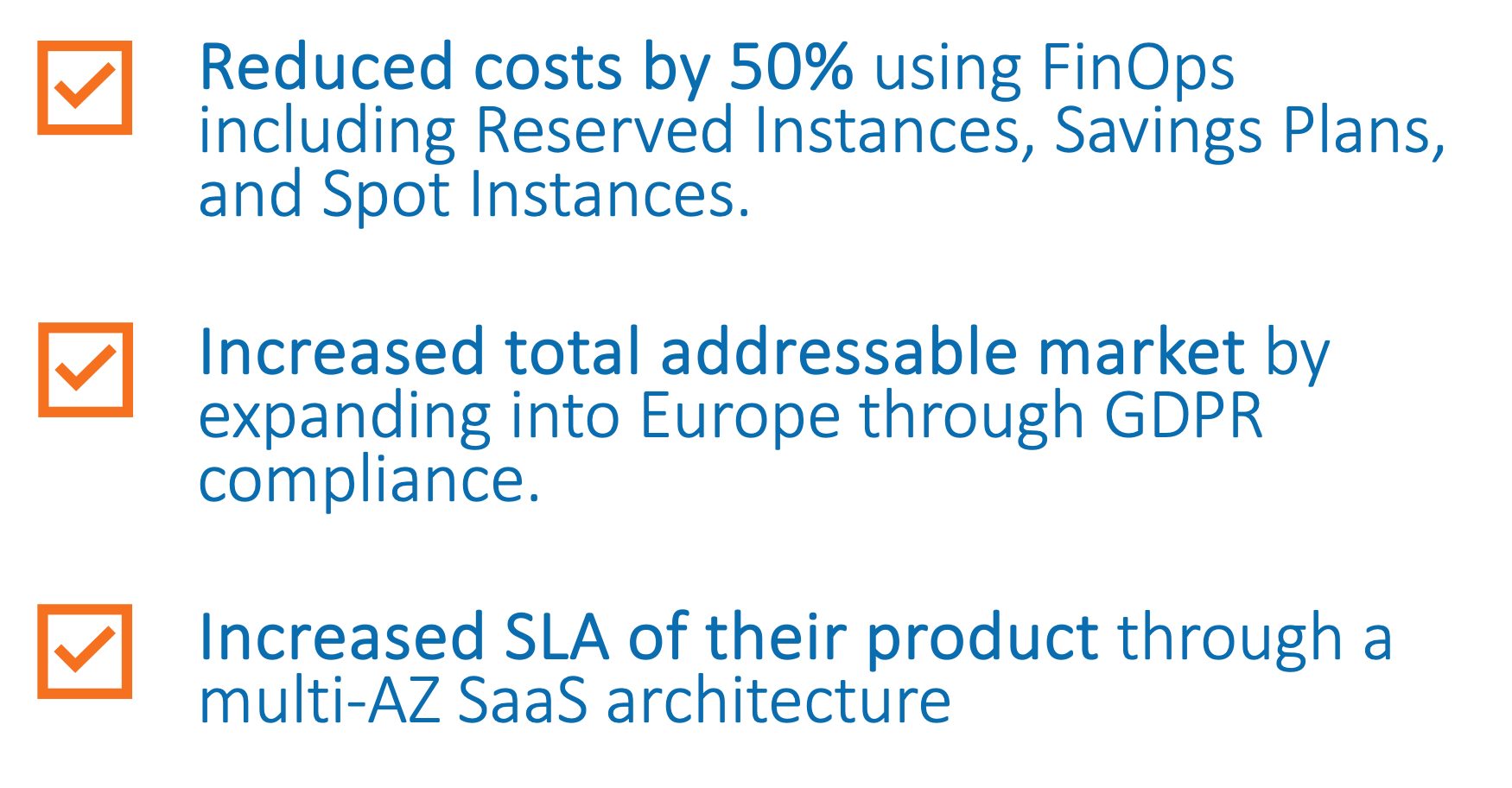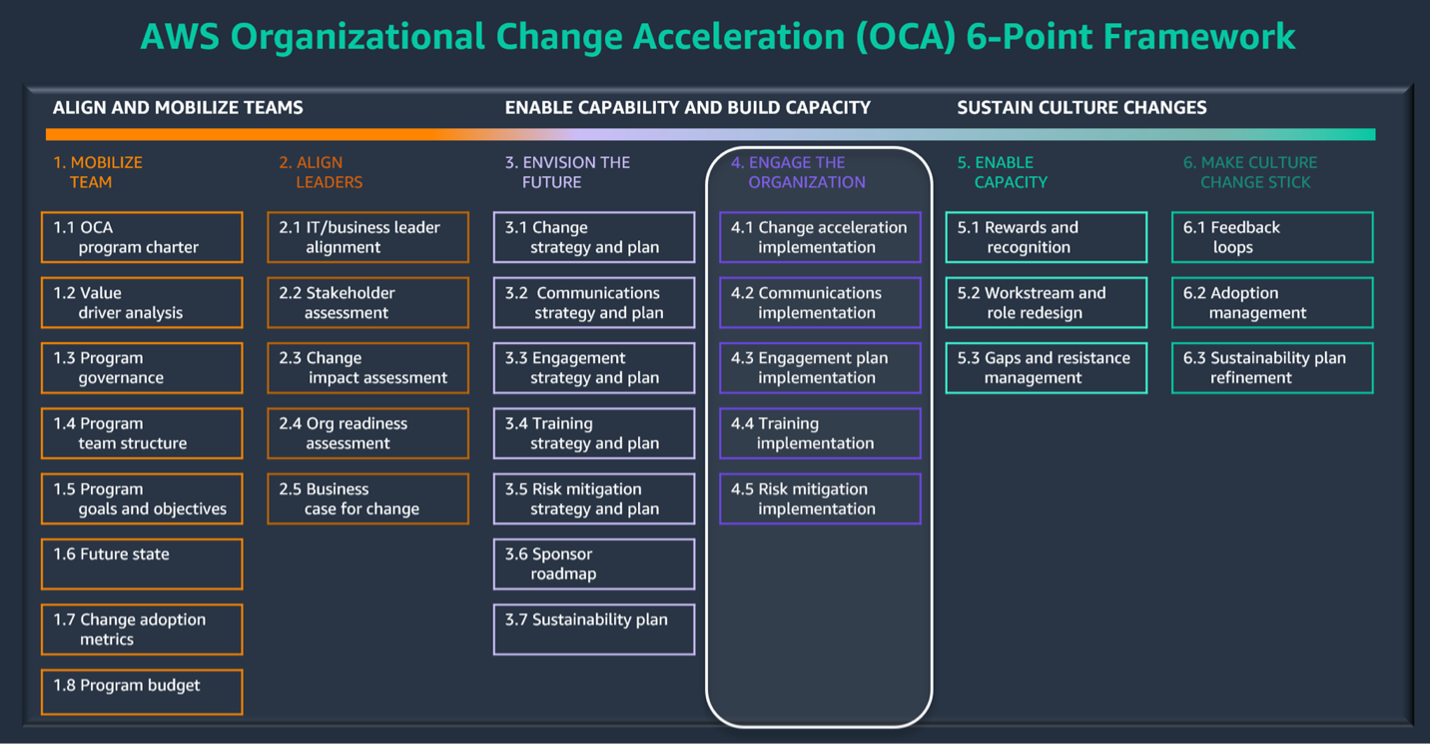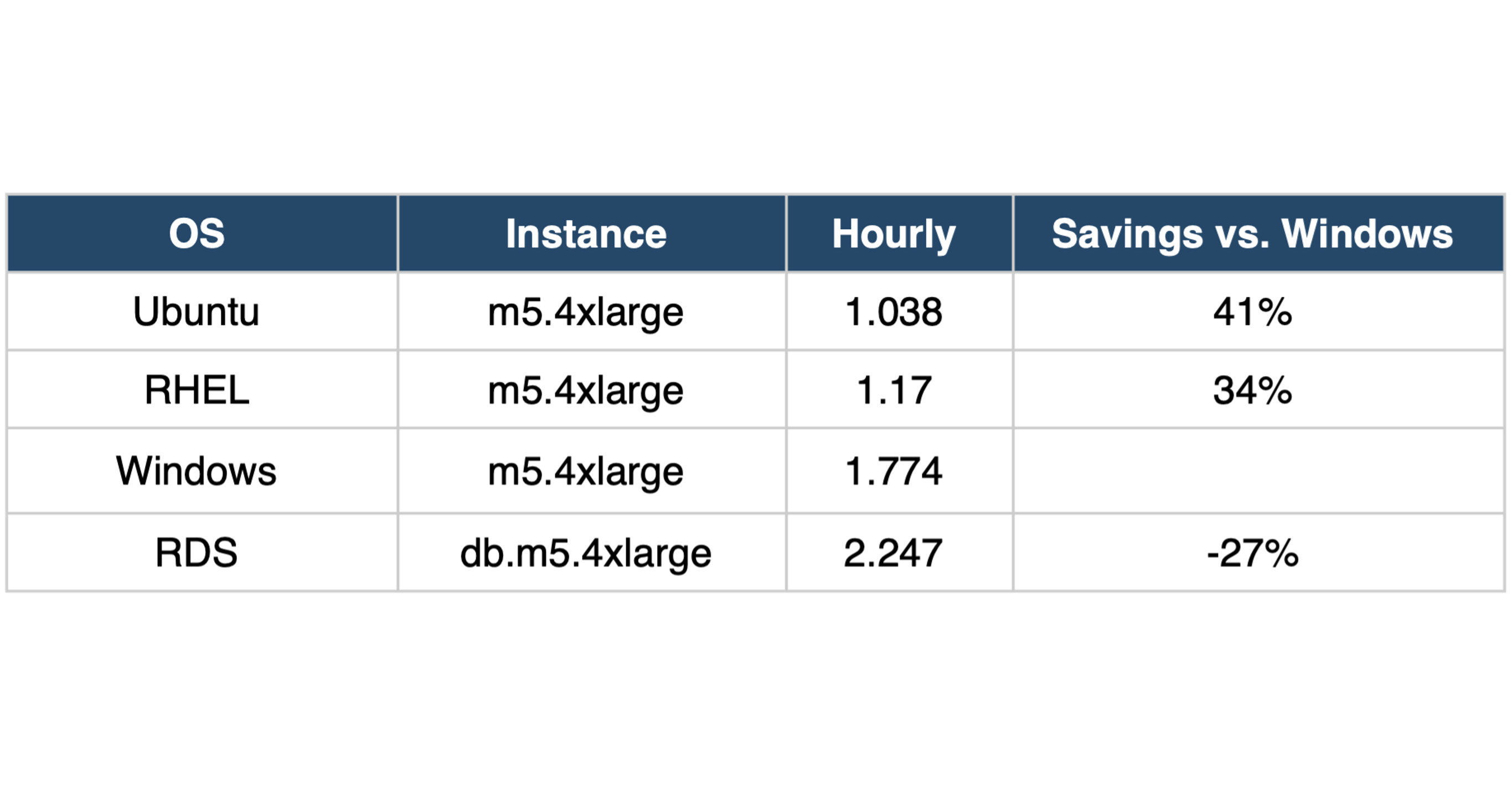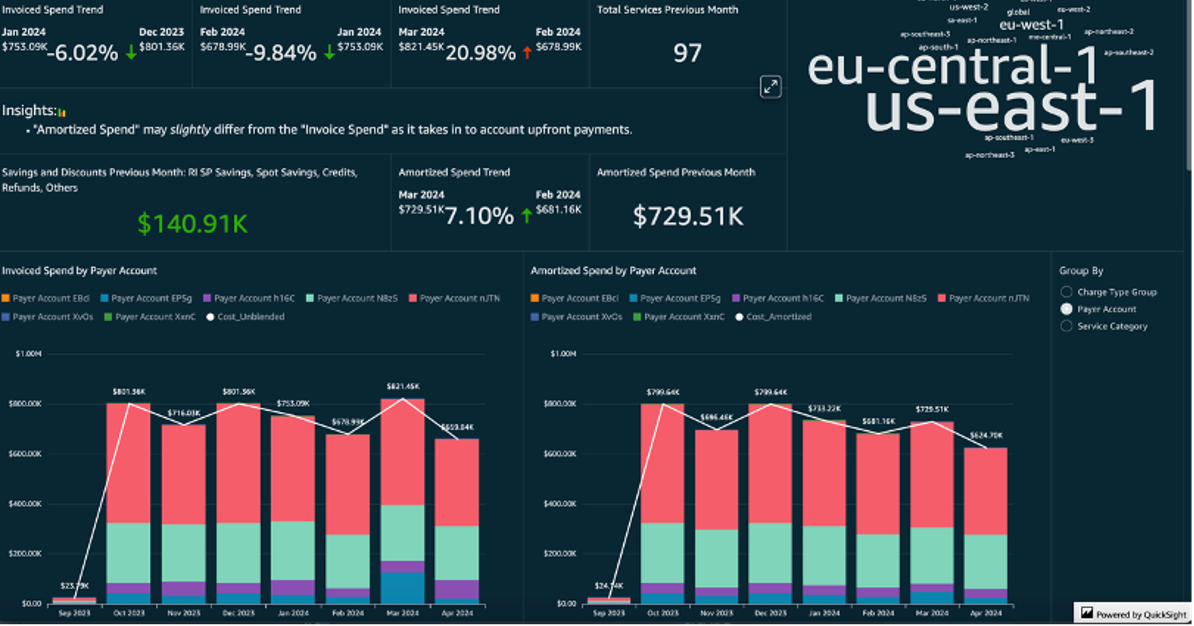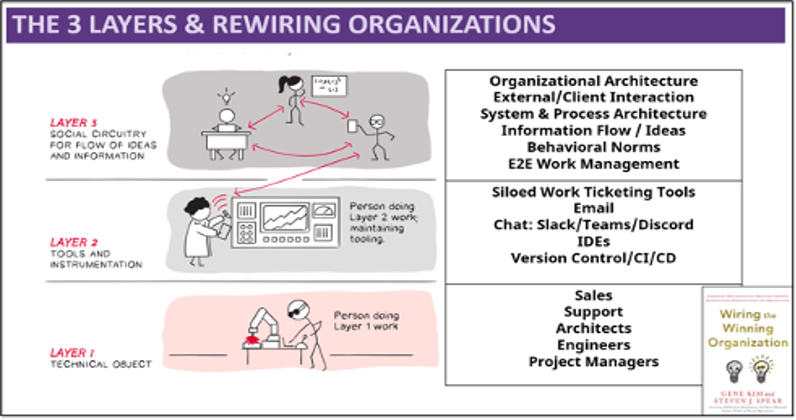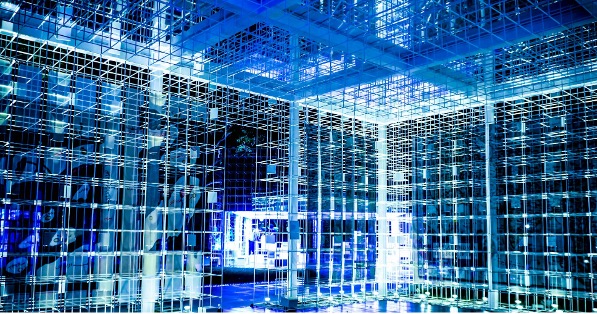Customer Problem:
Texture Energy needed to modernize their energy trading and rebate management SaaS platform from Render to AWS to support rapid business growth while maintaining strict data privacy and security requirements. They needed to increase the speed of subscriber onboarding while optimizing costs, including small customers and fully isolated enterprise customers.. The platform needed to handle real-time device telemetry data, secure API integrations with multiple manufacturers, and support future expansion into European markets under GDPR compliance. Their existing infrastructure lacked the scalability, security controls, and cost optimization capabilities needed to serve a growing customer base efficiently.
The Solution:
Uturn proposed a comprehensive cloud modernization strategy leveraging AWS Control Tower and a multi-account architecture to establish a secure, scalable foundation. The solution included setting up development, staging, and production environments with security controls and compliance guardrails. A key aspect was designing a flexible tenant isolation model that could support both multi-tenant deployments for standard customers and single-tenant deployments for enterprise clients requiring complete isolation. The project approach included establishing clear migration patterns, implementing infrastructure-as-code practices using OpenTofu, and setting up automated deployment pipelines with Argo CD for consistent environment management.
The Technology
The technical architecture centered on Amazon EKS for container orchestration, enabling efficient resource utilization across tenants while maintaining isolation. The solution leveraged Aurora PostgreSQL for database services, S3 with intelligent tiering for media storage, and ElastiCache for Redis to optimize performance. Infrastructure automation was implemented using OpenTofu with a three-tier approach (modules, stacks, and projects) to enable consistent environment deployment. The architecture incorporated AWS Identity Center integration with Okta for centralized access management, CloudTrail and Security Hub for comprehensive security monitoring, and implemented cost allocation tags to track per-tenant resource consumption. The design supported both shared infrastructure services and isolated workload accounts, with Transit Gateway enabling secure cross-account networking.
The Outcomes

